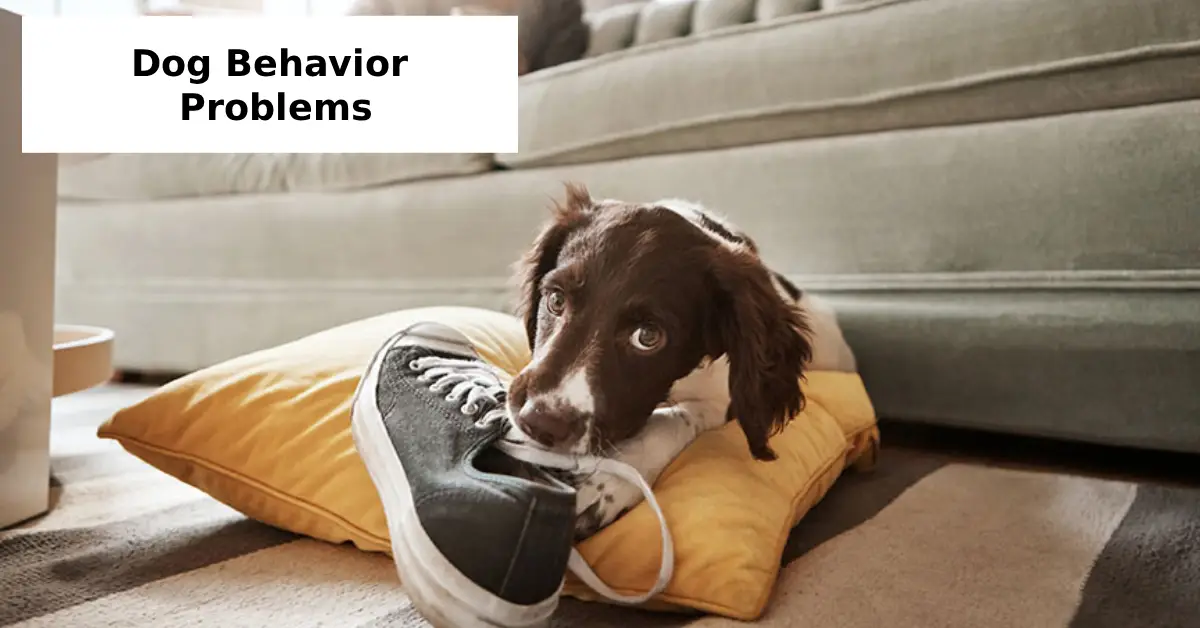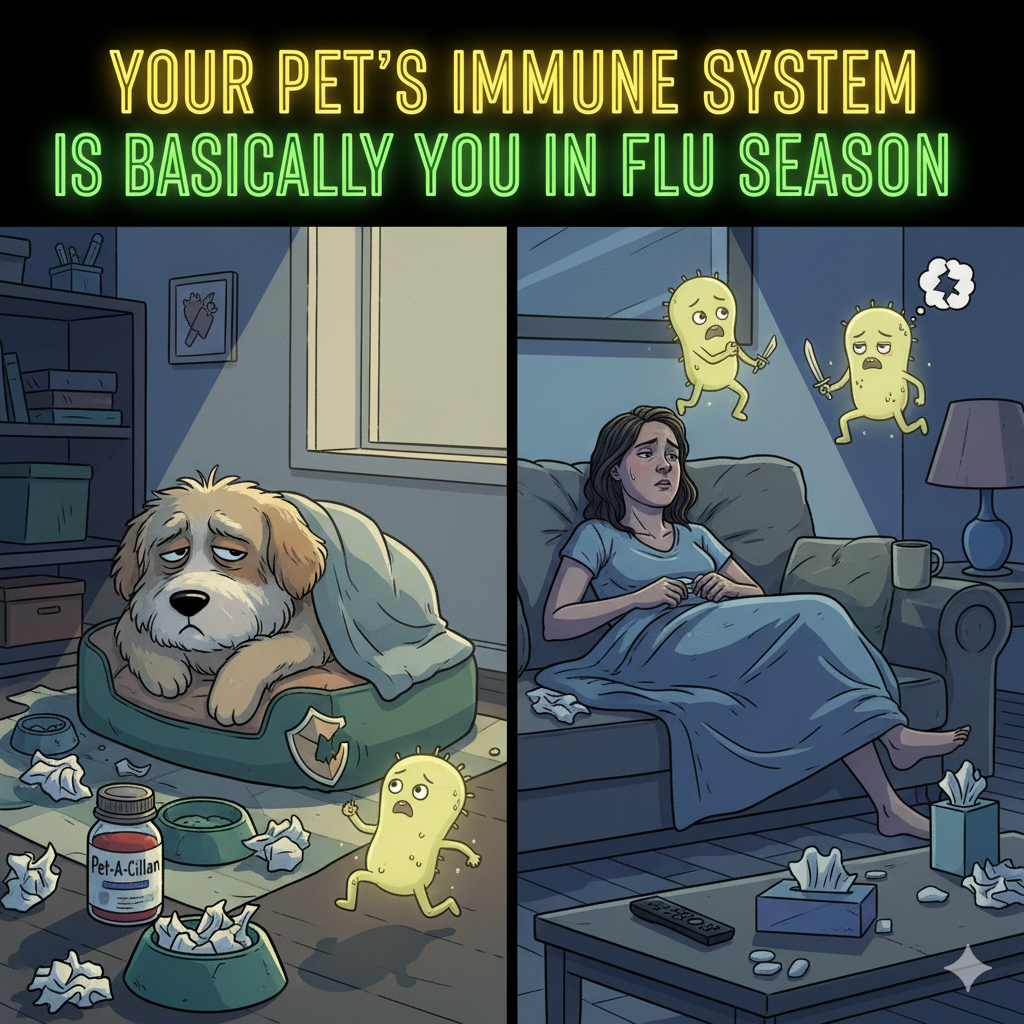Understanding and correcting dog behavior issues is essential for every responsible pet parent. Whether you’re a first-time dog owner struggling with behavior issues or a seasoned dog trainer, knowing the right approach to behavior modification for dogs can transform your relationship with your furry companion.
Dogs, like humans, can act out due to stress, fear, boredom, or lack of training. This blog will walk you through 9 of the most common dog behavior issues and provide practical, compassionate methods to modify dog behavior at home.
1. Excessive Barking – A Call for Attention or Anxiety
Excessive barking is one of the most reported dog behavior problems. It may stem from boredom, separation anxiety, or alertness.
Behavior Modification for Dogs:
- Identify triggers: strangers, noises, or being left alone.
- Use command training like “quiet” and reward silence.
- Offer enrichment toys or puzzle feeders.
- Gradually desensitize barking triggers.
Suburban homeowners with dogs exhibiting excessive barking will benefit from indoor enrichment and consistent routine training.
Related: Best Methods to Stop Dog Barking
2. Aggression Toward People or Other Pets
Aggression is a serious concern that may arise from fear, pain, or lack of socialization.
Aggressive Dog Behavior Solutions:
- Avoid punishment; it can escalate aggression.
- Work with a certified behaviorist.
- Use counter-conditioning and desensitization techniques.
- Consider muzzle training in public areas.
Families with children trying to manage safe behavior around dogs must address this early for everyone’s safety.
3. Separation Anxiety – Stress When Left Alone
Dogs with separation anxiety may howl, chew, or soil the house when alone.
Fix Separation Anxiety in Dogs:
- Start with short absences and increase gradually.
- Avoid dramatic greetings or farewells.
- Use calming aids like music or pheromone diffusers.
- Create a safe, cozy zone for the dog.
Pet lovers in apartments dealing with anxiety or noise issues need quiet training techniques to reduce anxiety triggers.
4. Destructive Chewing and Digging
This often results from boredom, excess energy, or teething in puppies.
How to Deal with Destructive Dogs:
- Provide safe chew toys and daily exercise.
- Puppy-proof the home.
- Interrupt the act and redirect gently.
- Never use physical punishment.
Pet parents of adopted or rescue dogs adjusting to a new home often face this as dogs explore their new environment.
5. Biting and Nipping
Whether playful or defensive, biting can quickly become dangerous if not addressed.
How to Stop Dog from Biting:
- Use bite inhibition training.
- Socialize early and often.
- Teach “gentle” and “leave it” commands.
- Avoid rough play that encourages nipping.
💡 Veterinary professionals offering behavioral advice to dog owners often recommend early bite training for safety.
6. Jumping on People
Dogs often jump to greet or get attention, but this can be problematic or even dangerous.
Behavior Modification for Dogs:
- Ignore the dog until all four paws are on the floor.
- Teach an alternative behavior like “sit” when greeting.
- Reward calm greetings consistently.
Millennial pet owners looking for online training resources often prefer clicker-based or video tutorials to solve jumping.
7. Pulling on the Leash
Leash pulling not only makes walks stressful but also leads to physical strain.
Dog Training Tips for Behavior:
- Use front-clip harnesses or head halters.
- Practice stop-and-go or direction change walking.
- Reward loose leash walking frequently.
Senior citizens with companion dogs who need calm behavior can benefit from proper leash tools and short walking sessions.
8. Not Coming When Called (Disobedience)
Poor recall can be risky, especially in off-leash situations.
Best Ways to Train Disobedient Dog:
- Make recall fun with treats or favorite toys.
- Never call your dog to punish them.
- Use a long training leash in open spaces.
Dog foster caregivers or shelters in the U.S. often work on recall as a first step toward better adoption rates.
9. Resource Guarding (Food or Toys)
Some dogs guard food, bones, or toys aggressively.
Modify Dog Behavior at Home:
- Avoid taking items away forcefully.
- Practice trading with high-value treats.
- Gradually build trust using desensitization techniques.
- Seek professional help for intense cases.
Pet bloggers, dog trainers, or behavior consultants seeking tips or resources often explore safe resource-guarding training.
Behavior Modification for Dogs: Final Thoughts
Solving common dog behavior issues requires patience, consistency, and compassion. Dogs aren’t being “bad” — they’re communicating needs, fears, or confusion.
With the right approach to behavior modification for dogs, pet parents can:
- Build stronger bonds,
- Reduce stress for both dog and human,
- Create a well-adjusted, happy canine companion.
From aggression to anxiety, all behavior problems are fixable with structured training, understanding triggers, and using dog behavior correction techniques tailored to each issue.
Whether you’re a first-time dog owner, a pet lover in an apartment, or a suburban family with energetic pets, investing time in training goes a long way in preventing behavior issues before they escalate.
Quick Tips for Success
- Keep training sessions short and positive.
- Use rewards your dog loves (treats, toys, praise).
- Be consistent across all family members.
- Avoid punishment — redirect instead.
- Know when to seek professional help.
Training is not about control — it’s about communication. And behavior modification for dogs isn’t just a solution—it’s a journey toward better companionship.





